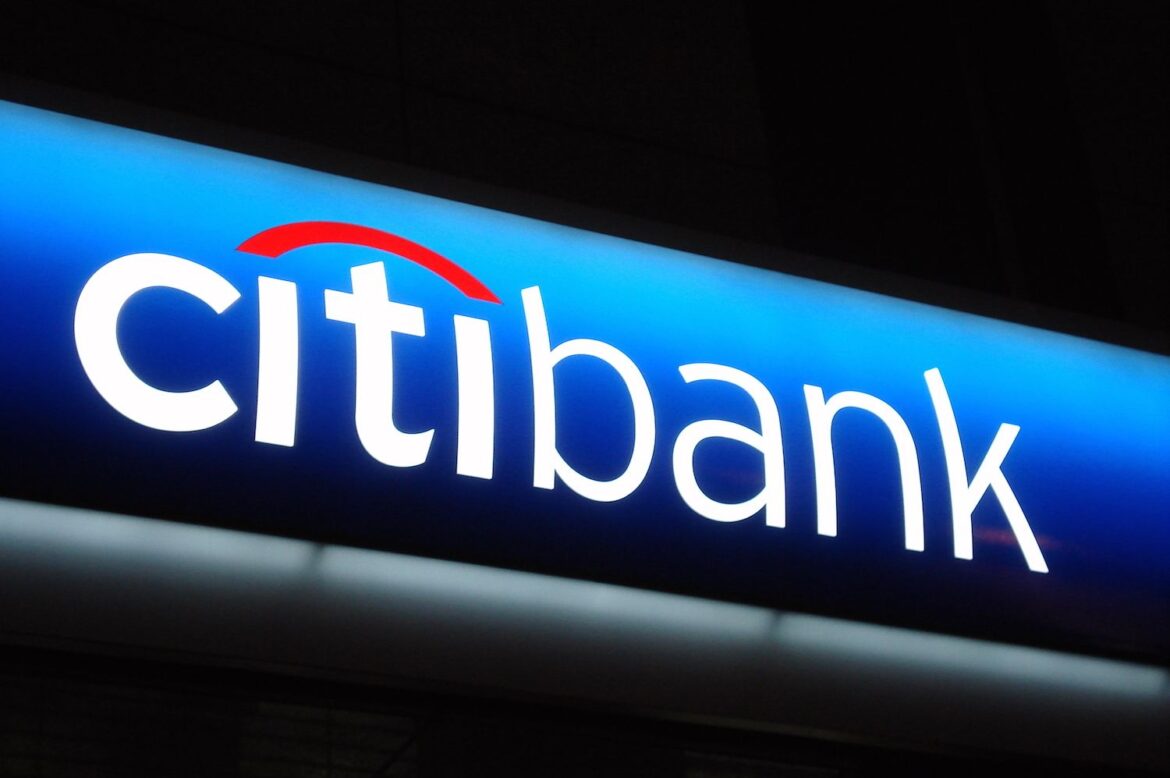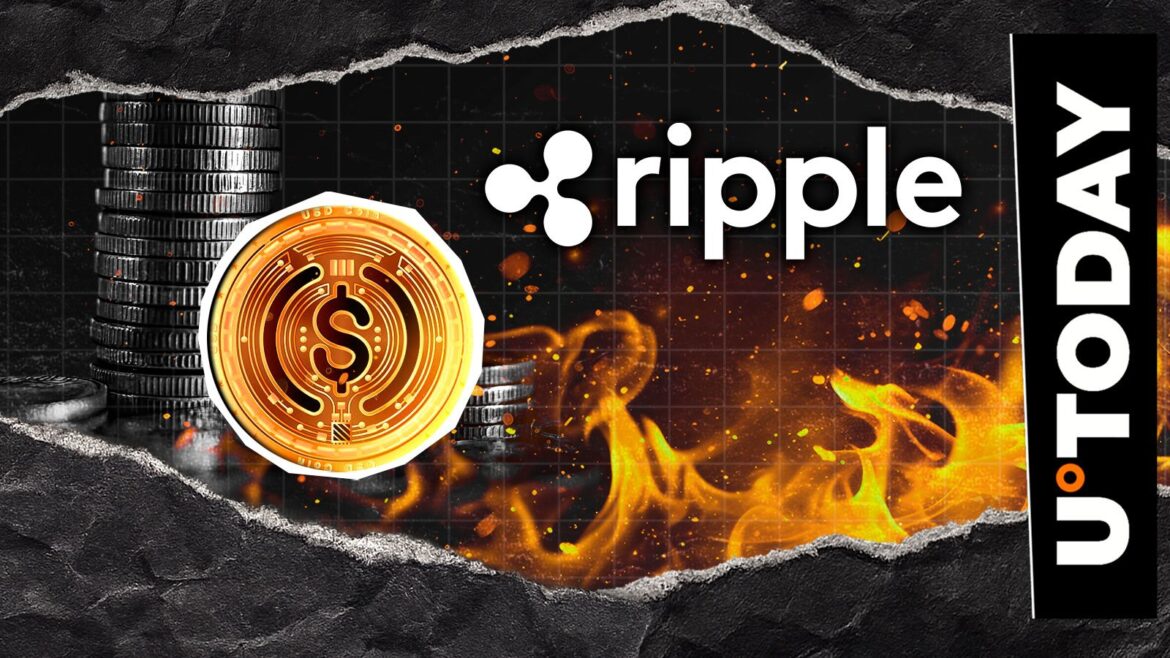Cloudflare is launching its NET Dollar stablecoin to serve as the fundamental payment layer for autonomous AI agents, enabling them to execute microtransactions at internet scale and speed.
Summary
- Cloudflare unveiled NET Dollar, a U.S.-backed stablecoin designed to power payments for autonomous AI agents.
- The stablecoin targets instant, global microtransactions, aiming to replace slow, costly legacy systems.
According to a press release dated Sept. 25, the infrastructure giant plans to introduce NET Dollar, a U.S. dollar-backed stablecoin designed specifically for the “agentic web.” Cloudflare bills the new digital currency as critical financial infrastructure for an internet where AI agents routinely conduct business on behalf of users.
The company’s rationale hinges on the belief that legacy banking systems and even first-generation crypto payments are too slow and costly for the emerging machine-to-machine economy.
A stablecoin built for the AI agent economy
Cloudflare believes its global network, which already accelerates and secures a significant portion of internet traffic, is the ideal foundation for a payment system that must operate across countless currencies, geographies, and time zones without friction.
“By using our global network, we are going to help modernize the financial rails needed to move money at the speed of the Internet, helping to create a more open and valuable Internet for everyone,” Cloudflare CEO and co-founder, Matthew Prince, said.
According to the company, NET Dollar will enable instant, automated settlements for everything from paying an API for real-time flight bookings to compensating a supplier as quickly and reliably as the data is transmitted.
Prioritizing the AI-driven internet is a direct response to what Prince calls the limitations of the old web’s business model. He argues that decades of reliance on ad platforms and slow bank transfers have stifled innovation for creators and developers.
The company sees the rise of autonomous agents as the catalyst for a fundamental shift toward a pay-per-use internet. In this model, value is exchanged in tiny, incremental payments for specific services, a model legacy financial rails are structurally incapable of supporting due to speed and cost constraints.
Eyeing the bigger picture
Cloudflare is not operating in a vacuum. Its strategy acknowledges that interoperability is paramount. The company has announced it is contributing to open standards such as the Agent Payments Protocol and x402.
This places it alongside other major infrastructure players, notably Google, which is pioneering its own Agentic Payments Protocol (AP2). The parallel development of these protocols underscores a broader industry consensus: the agentic web requires a universal payment layer.
Google’s recent demo with Coinbase and Lowe’s, where an AI agent managed a complex home improvement purchase from consultation to stablecoin payment, serves as a proof-of-concept for this very future.










